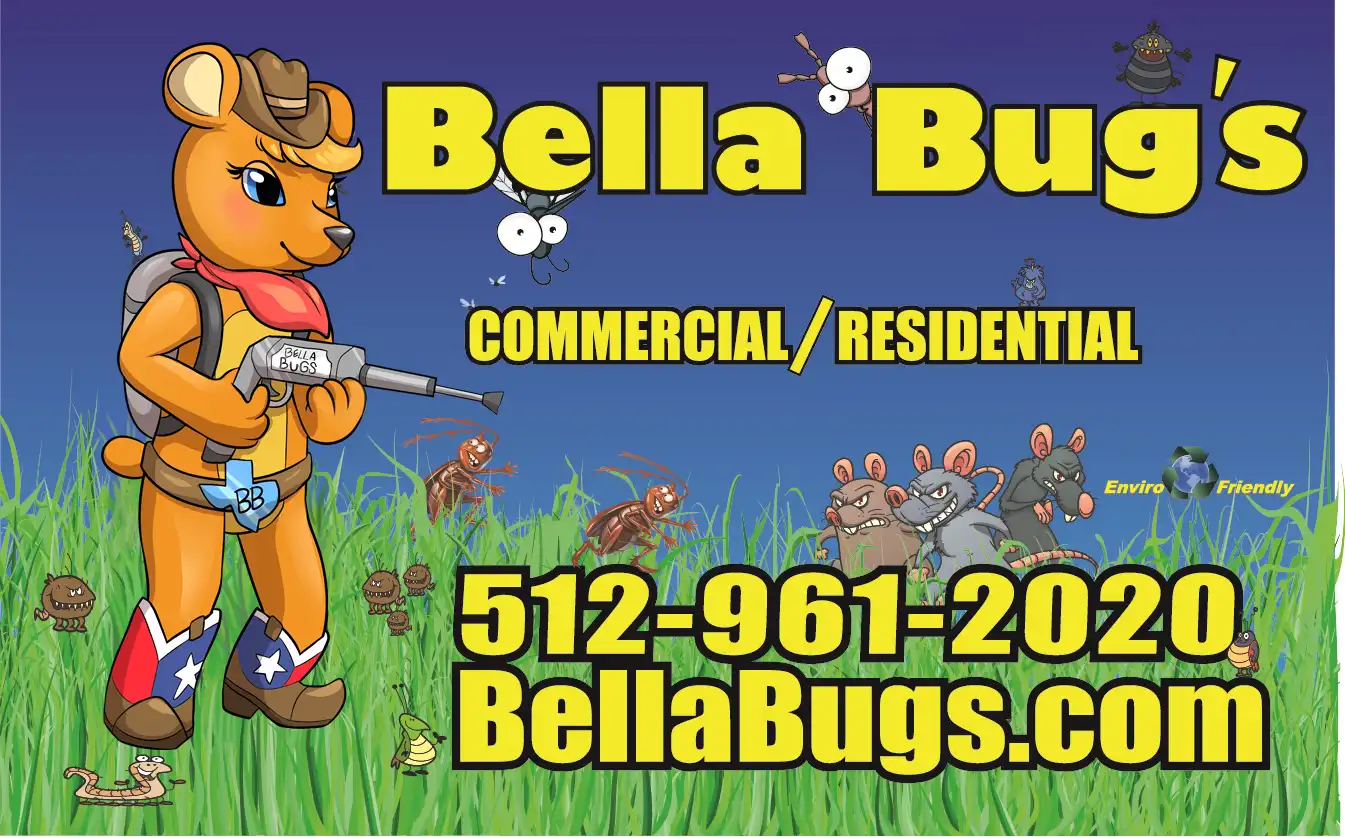Native Austin Bugs
Check out some of the Native Austin Bugs You Should Know About…
Ant Control Strategies
The most effective way to control ant infestations is to use both chemical and non-chemical techniques. Apply simple measures that can reduce the attraction ants have to your home or business. Learn more about Bella Bugs native Austin bugs.

Army Worm
Although there are four major species in Texas, the Fall Army Worm is considered the most prevalent. It is the caterpillar life stage of a moth and is regarded as a pest that can wreak havoc on crops if left to multiply. Its name is derived from its feeding habits.

Bed Bugs
Sometimes referred to as “red coats,” “chinches,” or “mahogany flats” (USDA 1976), bed bugs are blood-feeding parasites of humans, chickens, bats, and occasionally domesticated animals (Usinger 1966).

Carpenter Ants
The Texas carpenter ant complex is comprised of several species. These bi-colored, arboreal ants are among the largest ants found in Texas, making them appear as they forage or fly indoors and out.

Chinch Bugs
The southern chinch bug is an insect pest of St. Augustine grass, a turf and pasture grass grown throughout Texas and the southern United States. This tiny pest, rarely measuring over 6mm in length, causes millions of dollars in damage per year.

Crazy Ants
The crazy ant is extremely easy to identify on sight by observing its rapid and erratic movements. Confirmation may be made with the aid of a hand lens through which the extremely long antennal scape, long legs, and erect setae are very apparent.

Drywood Termites
Drywood termites, like all termites, are eusocial insects. They live in colonies and cooperatively care for the young. Responsibilities for reproduction, foraging, and colony defense are divided up among castes: reproductives (king, queen, and alates), workers, and soldiers.

Fleas
External parasites are generally found on or in the skin and are important pests because they bite or annoy both humans and their pets.

German Cockroach
The German cockroach is the cockroach of concern, the species that gives all other cockroaches a bad name. It occurs in structures throughout Texas and is the species that typically plagues multifamily dwellings.

Mole Cricket
Though usually considered turfgrass pests, mole crickets have a broad diet. The southern mole cricket feeds mainly on other insects, and the tawny and short-winged mole crickets feed on plants.

Mosquitos
Mosquitos and mosquita (from the Spanish meaning little fly) are common insects in the family Culicidae (from the Latin culex meaning midge or gnat).

Palmetto Bug
The American cockroach, also known as the Palmetto Bug or Water Bug in the southern United States, is the largest species of common cockroach and is often considered a pest. It is native to the southern United States and common in a tropical climate like Texas.

Sod Webworm
Several species of sod webworms or “lawn moths” commonly infest home lawns. These include the silver-striped sod webworm, the bluegrass sod webworm, and the larger sod webworm.

Subterranean Termites
Subterranean termites are the most destructive and frequently encountered kind of termite found throughout Texas. Although they nest in soil, subterranean termites can attack structures by building tubes that connect their nest to wood structures.
